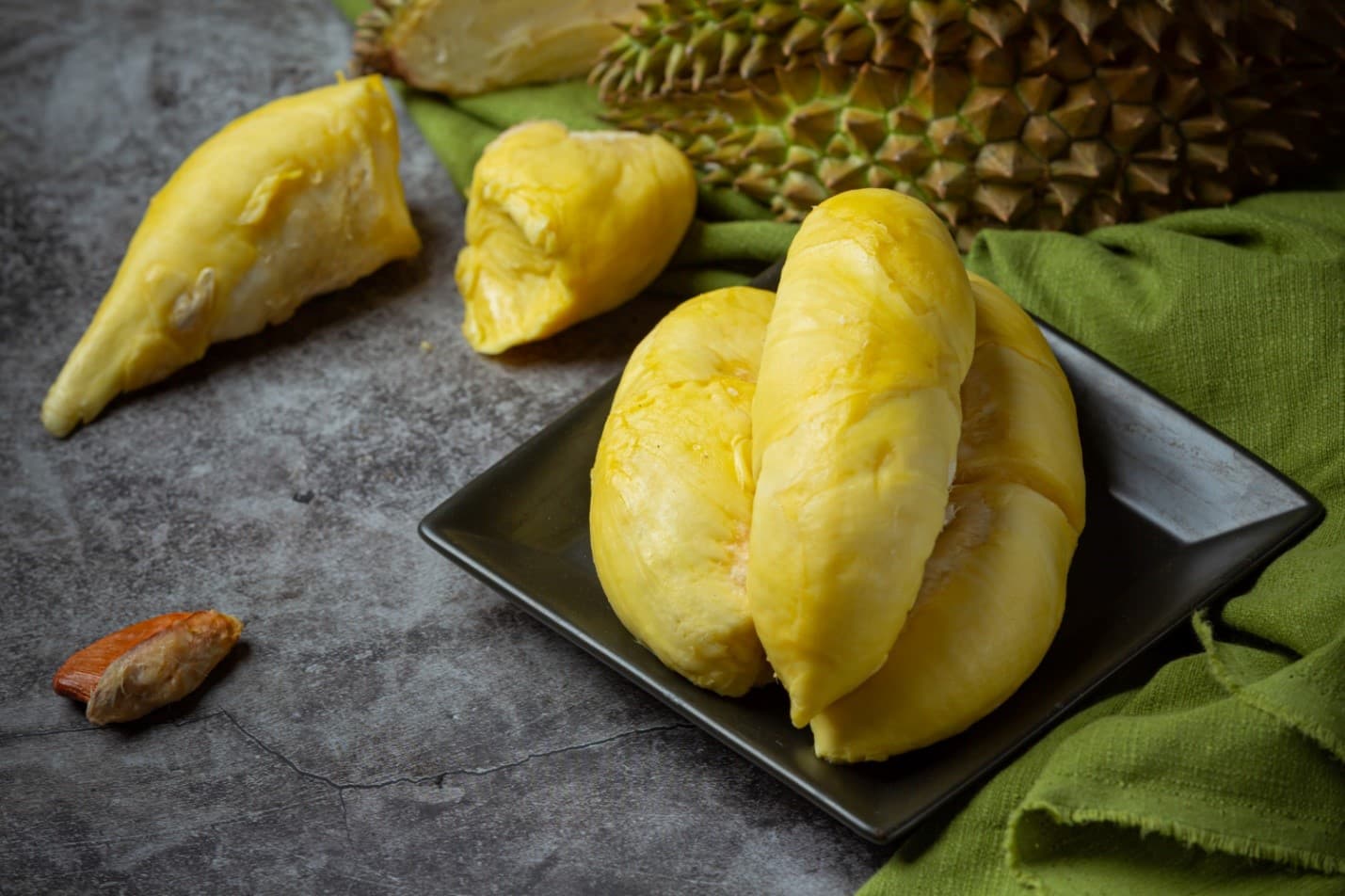In gastronomy, innovation and experimentation have always played a vital role in expanding our palates and creating culinary masterpieces. While many common ingredients have been staples of our diets for centuries, some of the most intriguing flavors and delicacies have come from using uncommon ingredients. These extraordinary components, often with ancient roots, have made their way into modern cuisine, offering unique tastes and experiences. Join us on a journey through time as we delve into the captivating history of uncommon ingredients that have evolved from ancient roots to modern delicacies we cherish today.
The Mysterious World of Truffles
Truffles, the elusive and highly sought-after fungi, have a history that dates back thousands of years. These aromatic and flavorful mushrooms are known for their symbiotic relationship with the roots of certain trees, and they have been prized in culinary circles for their unique taste. Truffle hunting, once a pursuit of pigs and dogs, has become an art form, with skilled truffle hunters using their trained animals to unearth these hidden treasures.
One of the most celebrated varieties is the Black Périgord truffle, primarily in France and Italy. Its deep, earthy aroma and rich, nutty flavor have made it a favorite in haute cuisine. Chefs worldwide incorporate truffles into dishes such as truffle risotto, truffle-infused oils, and even truffle ice cream, creating an exquisite fusion of tradition and innovation in modern cuisine.
While truffles have a long history in European cuisine, their allure continues to captivate chefs and gourmands alike, pushing the boundaries of culinary creativity. Learn more about the art of truffle hunting at https://play-fortune.pl.

The Spice Route: Saffron’s Golden Journey
Saffron, often called “red gold,” is one of the world’s most expensive and sought-after spices. Its history can be traced back to ancient Persia, where it was cultivated for its unique flavor and vibrant color. Saffron threads, the stigma of the Crocus sativus flower, are painstakingly harvested by hand, making it a labor-intensive process that adds to its value.
Throughout history, saffron has been used not only as a culinary ingredient but also for its medicinal properties and as a dye for textiles. In modern cuisine, saffron shines in dishes like paella, bouillabaisse, and Indian biryani. Its distinctive flavor, which can be described as floral, honey-like, and slightly earthy, adds depth and complexity to these iconic dishes.
Saffron’s journey from ancient Persia to today’s global market showcases its enduring appeal, as it remains a symbol of luxury and culinary excellence.
The Enigma of Durian: The King of Fruits
Durian, known as the “King of Fruits,” is an exotic tropical fruit from Southeast Asia. Its reputation is as polarizing as its pungent odor, which some describe as overpowering and offensive, while others find it strangely alluring. Despite the strong aroma, durian has a unique taste that combines sweet, savory, and creamy notes, making it a prized ingredient in Southeast Asian cuisine.
The history of durian can be traced back to ancient times when indigenous communities revered it for its nutritional value and medicinal properties. Today, it is used in various dishes, from desserts and ice creams to savory curries. The adventurous eater may discover that the initial aversion to its smell is well worth overcoming, as the durian flavor is truly unique.
From Ancient Roots to Modern Delicacies
Uncommon ingredients like truffles, saffron, and durian have come a long way from their humble origins. They have transcended their historical uses and have found new life in contemporary cuisine. The world of gastronomy continues to embrace these rare and exotic flavors, pushing the boundaries of creativity and offering culinary enthusiasts a chance to explore the richness of our global food heritage.
As we celebrate the fascinating history of uncommon ingredients, we are reminded that the evolution of cuisine is a testament to human ingenuity. From truffle-infused creations in Michelin-starred restaurants to the saffron-scented dishes of traditional kitchens and the bold flavors of durian-inspired street food, these ingredients continue to captivate our senses and connect us to the culinary traditions of the past.
Explore the world of gastronomy and embark on your culinary adventure, savoring the flavors of these uncommon ingredients that have stood the test of time and tantalized taste buds.
To experience more unique flavors and surprises, visit https://play-fortune.pl/kasyna/play-fortuna/ today.
Conclusion
Uncommon ingredients have an alluring history that spans cultures and centuries. From the mysterious truffles of Europe to the luxurious saffron of Persia and the controversial durian of Southeast Asia, these ingredients have left an indelible mark on the world of cuisine. Their evolution from ancient roots to modern delicacies is a testament to the enduring appeal of gastronomy and the human spirit of exploration and innovation. So, the next time you savor a dish featuring one of these extraordinary ingredients, remember the rich history and tradition that has contributed to its creation.




